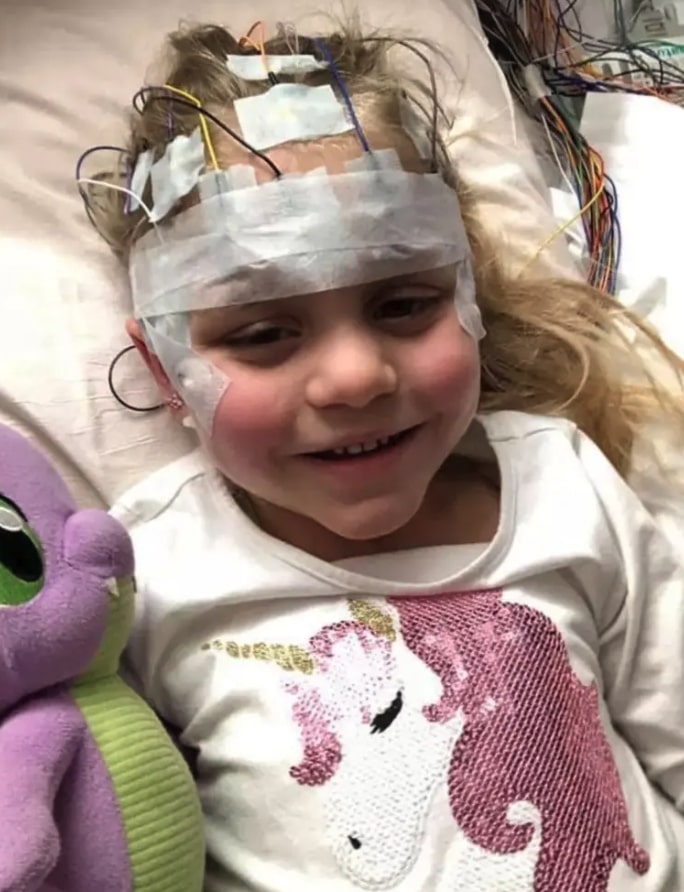When a little Texas girl went in for a normal checkup, she was just seven years old when she learned of a startling diagnosis.
Going for a checkup with your kid only to learn that they have a far more severe condition is every parent’s greatest dread.
Additionally, there is no treatment for it; the most that doctors can hope for is symptom relief.
Unfortunately, Isla Edwards from Texas experienced just that. Isla, who was seven years old at the time of her annual eye exam in March 2021, had mentioned that her eyesight was a bit hazy at a distance.
Isla, now 10 years old, needed to see a pediatric ophthalmologist very soon after the exam, so her mother, Jacquelyn Stockdale, drove her the 90 minutes to Texas Children’s Hospital in Houston the same day.
According to Jacquelyn, there were no indications that anything was amiss with Isla at this point. Although she was a young child who was on the verge of requiring glasses, her eyesight was only somewhat blurred at a distance.
Isla received a diagnosis of Batten disease, a rare and severe ailment, after the visit. This results in developmental delays, convulsions, blindness, and early mortality in children.
The specialists verified that Isla exhibited early symptoms of juvenile macular degeneration, and a genetic test would be required to identify the underlying reason, according to Jacquelyn. They took a sample from her mouth and scheduled a follow-up visit for August, when the genetic test results would be available.
She said that on August 12, she was informed that Isla had been diagnosed with neuronal ceroid lipofuscinoses based on the results of her genetic panel. Upon further discussion, they realized that this condition is more widely known as juvenile Batten disease, also known as CLN3; it is a deadly sickness that is highly uncommon, extremely debilitating, and incurable.
She was informed that Isla will soon lose all of her eyesight, have epilepsy and infantile dementia, as well as begin to lose mental capacity and her physical ability. A youngster with CLN3 might expect to live into their late teens or early 20s.
Isla has already had a 90% visual loss in the three years after her diagnosis. Her parents, though, claim that she is adjusting to the loss well, even picking up braille reading.
They are so proud of where Isla is at right now, Jacquelyn remarked. Since 2021, she has significantly lost eyesight, and now only has roughly 10% of it remaining. She has adjusted to her current eyesight level, but she still takes pleasure in the same pastimes as before, including swimming, dancing, and playing video games.
- Will Smith Revels in Jada Pinkett Smith’s Bestselling Book: ‘Congrats, Mama!’Will Smith is pleased with his wife Jada Pinkett Smith’s […] More
- Paris Hilton Opens Up About Her Emotional Distress Following Hurtful Comments Regarding Her Son’s HeadParis Hilton has expressed her sadness regarding the response to […] More
- Will Smith describes his marriage to Jada as a “sloppy public experiment in unconditional love” during a book talkWill Smith made a public appearance alongside his wife, Jada […] More









